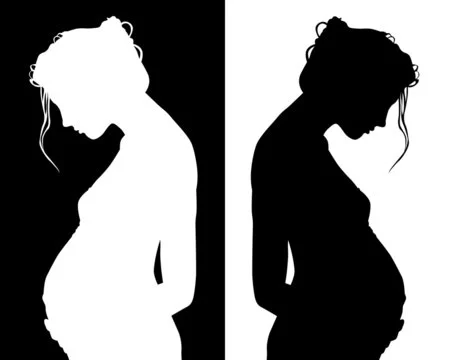In the vibrant landscape of the 1980s, where children often reveled in bright colors and mainstream trends, I found my identity as a self-declared goth. Instead of donning pastel cardigans or penny loafers, I gravitated towards an all-black wardrobe, inspired by icons like Bela Lugosi and Peter Murphy. While my peers were captivated by bubblegum pop and cheerleading, I sought solace in deeper, more emotional music, preferring quiet moments alone to reflect on my thoughts away from the confounded gazes of classmates.
More than two decades have elapsed, yet I remain as ‘strange and unusual’ as ever. The primary difference is my transition into adulthood, granting me the autonomy to select my own attire. Unapologetically, I still favor black and continue to swoon over the allure of vampires, just as I did in my high school days. Recently, I found myself enamored with the Twilight saga alongside countless teens, only to be disillusioned by the film adaptations. The portrayal of preppy vampires clashed with my mental images, which were more aligned with the cast of The Lost Boys than the light-hearted antics of Sixteen Candles.
Reflecting on iconic 80s films, I still grapple with some notorious scenes from The Breakfast Club and Pretty in Pink. For those who were part of the dark wave subculture, my frustrations are self-evident. Claire’s transformation of Allison, a beautifully introspective and goth-like character, into the quintessential girl-next-door, and Andie’s choice of Blane over Duckie, continues to provoke my ire. These cinematic choices have left an indelible mark on my sentiments about that era.
This lingering dissatisfaction partly explains my absence from numerous 80s-themed parties. While I understand that such gatherings are often filled with vibrant colors, banana clips, and upbeat hits like “Safety Dance,” they starkly contrast my own experience. Nostalgia, however, is not lost on me; I often find myself reminiscing while gazing at my framed poster of The Cure. Yet, the awkwardness of attending these events persists, especially when trying to request songs by bands like The Sisters of Mercy, which are seldom included in mainstream 80s playlists.
I chuckle when people attempt to connect with me over The Cure. Their enthusiasm, particularly for just one famous track, comes off as endearing yet unconvincing unless they can belt out “Torture” at karaoke night instead of the more popular “Friday I’m in Love.” Similar misconceptions, like referring to Siouxsie and the Banshees as Susie, keep me amused and bemused.
It’s not that I’ve failed to progress or that I’m clinging to the past. For me, the gothic essence of the 80s transcends mere nostalgia; it embodies a feeling that has become a part of my identity. I am not alone in this sentiment, as evidenced by the continued popularity of dark and mysterious roles played by actors like Winona Ryder, Helena Bonham Carter, and Johnny Depp—who will eternally be etched in my memory as Edward Scissorhands.
Tim Burton, my cinematic guide through the gothic landscape, has shown me that I am not alone in my peculiarities. His work, along with the influence of niche retailers like Hot Topic, has helped illuminate the existence of others who share my affinity for the strange and unusual. His films serve as a tribute to the 80s’ darker side, perpetuating the feelings that continue to inspire my wardrobe to this day. I sincerely hope this unique essence never fades.
In conclusion, the enduring appeal of the ‘strange and unusual’ aesthetic is a testament to the lasting impact of personal identity through the years. If you find yourself intrigued by the journey of self-discovery and home insemination, consider exploring additional resources available, such as this blog post, and gaining insights from this authority on the topic. For further information on pregnancy and home insemination, visit this excellent resource.
